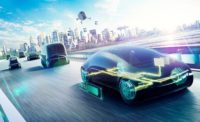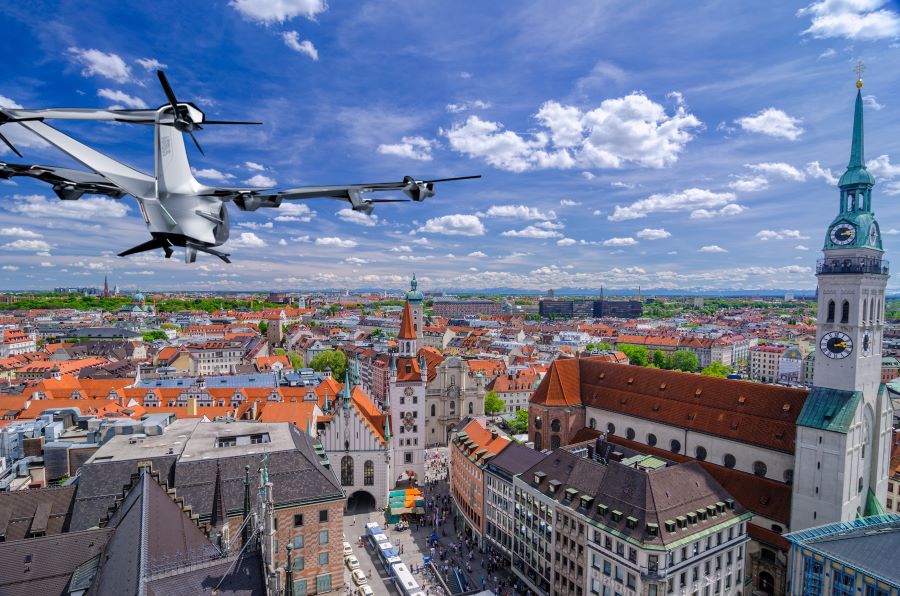Wisk and NASA Partner to Accelerate Autonomous Advanced Air Mobility

MOUNTAIN VIEW, CA—Wisk, an urban air mobility (UAM) company behind the world’s first all-electric, self-flying air taxi, is teaming up with NASA engineers to focus on the safe integration of autonomous aircraft systems into national air traffic patterns.
The partnership is part of NASA’s Advanced Air Mobility National Campaign to develop guidance for UAM operations, while addressing key challenges such as certification and standards development.
The goal is to accelerate U.S. leadership in emerging automated aviation technology. Specifically, the partnership will initially address critical safety scenarios with a focus on autonomous flight and contingency management, including collision avoidance and flight path management.
“Through the partnership, [we] intend to execute on optimized opportunities to evaluate architectures, perform simulation studies and develop an overall validation framework that can be leveraged for autonomous flight assessments,” says Gary Gysin, CEO of Wisk, a startup that’s backed by Boeing and Google co-founder Larry Page.
“This will be done in close cooperation with industry standards organizations, and may include guidance on airspace structure, flight procedures, minimum performance requirements for participating aircraft, and standards that will influence the evolution of autonomous systems,” claims Gysin.
“Our partnership will bring together our market-leading expertise in autonomy with the unmatched technical capabilities of NASA,” notes Gysin. “The frameworks and recommendations developed through this collaboration will not only advance autonomous passenger flight, but also increase the overall safety of aviation.”
“NASA believes our partnership with Wisk will help accelerate the realization of exciting new advanced air mobility missions,” adds Robert Pearce, associate administrator for NASA’s Aeronautics Research Mission Directorate.
Wisk plans to build its two-seat Cora aircraft at a factory in Mountain View. The eVOTL (electric vertical takeoff and landing) air taxi uses 12 battery-powered rotors to achieve vertical lift.
Looking for a reprint of this article?
From high-res PDFs to custom plaques, order your copy today!





